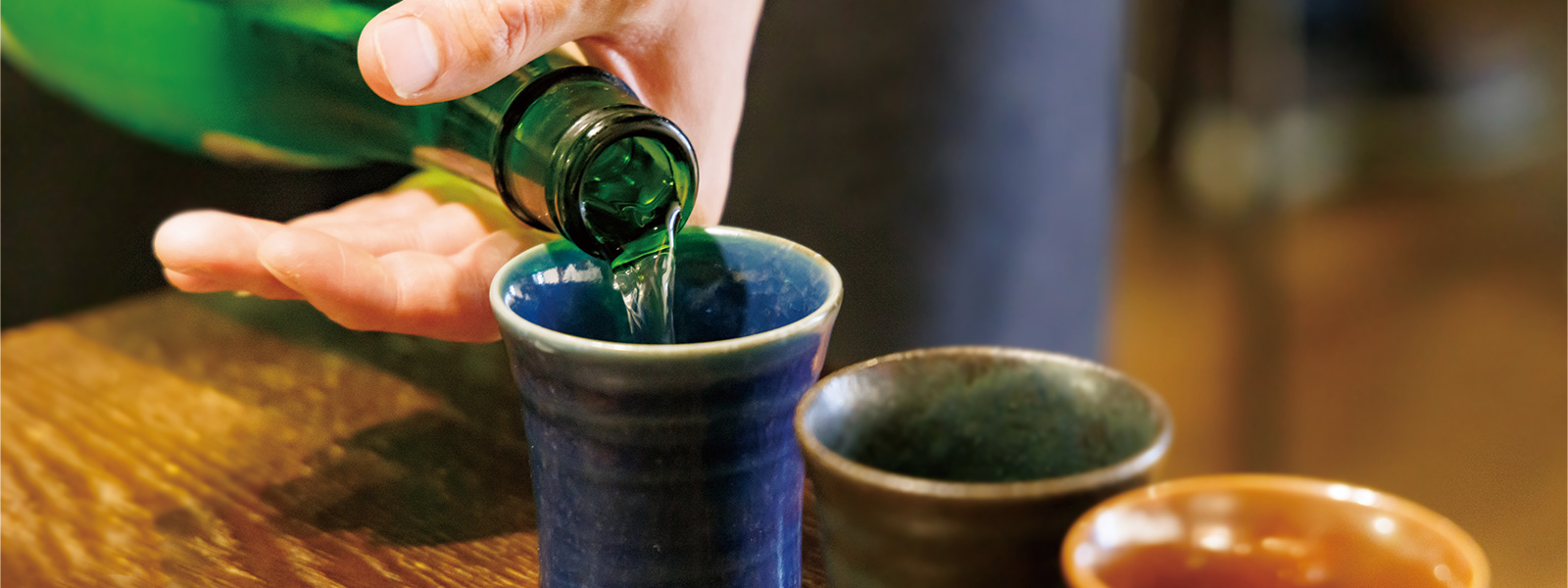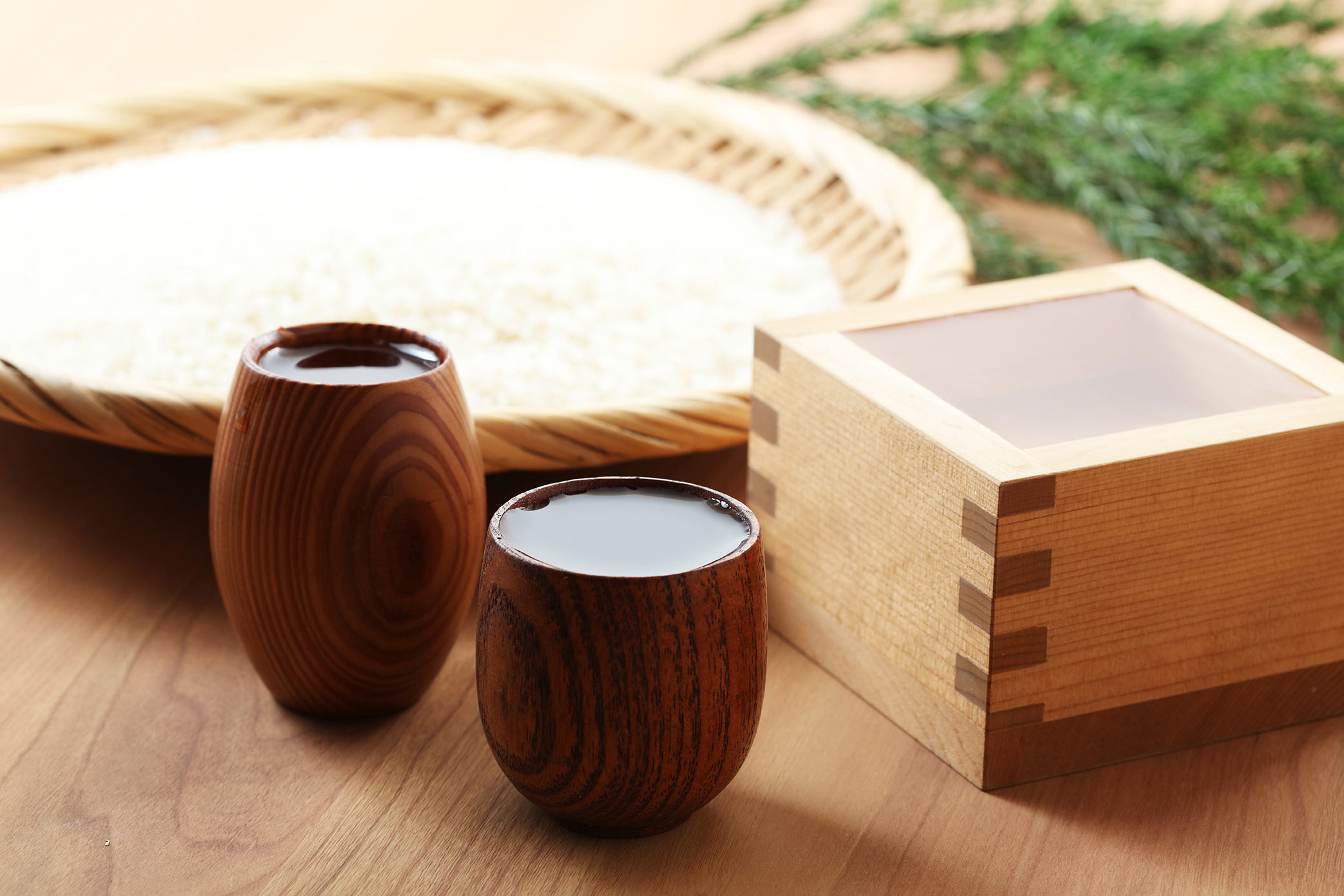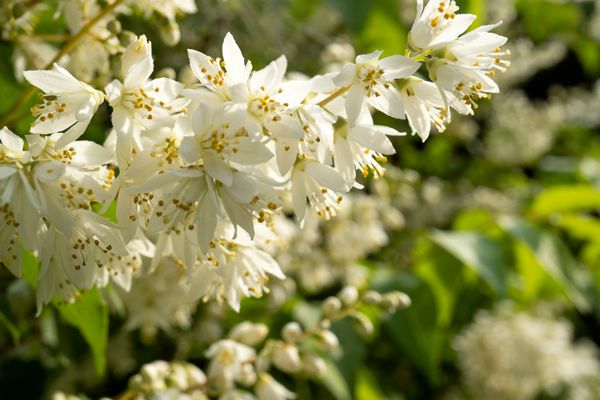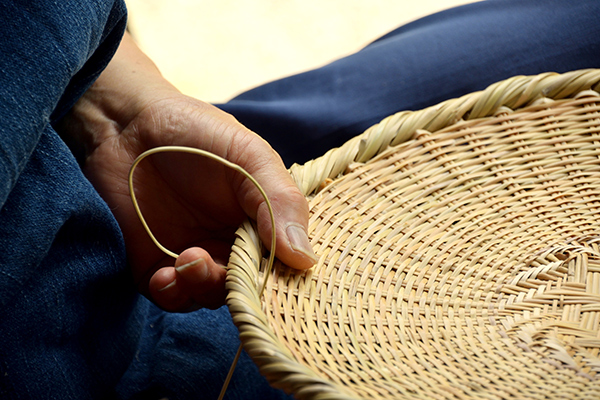Even within the category of "sake," the flavors can vary greatly depending on the region and the brewer. Some people might wonder how to find sake that suits their taste when visiting restaurants or liquor stores.
This article introduces the four types of sake classified by flavor and aroma: "Kunshu," "Soshu," "Junshu," and "Jukushu," which can serve as hints to understanding sake better.
What are the four types of sake?
For beginners, it can be difficult to understand the taste of sake just by looking at the label. Therefore, sake is broadly classified into four types based on the combination of flavor and aroma: "Kunshu" (Fruity type), "Soshu" (Light and Smooth type), "Junshu" (Full-Bodied type), and "Jukushu" (Matured Type). This classification was proposed by the Sake Service Institute (SSI), which also certifies sake sommeliers known as "Kikisake-shi."
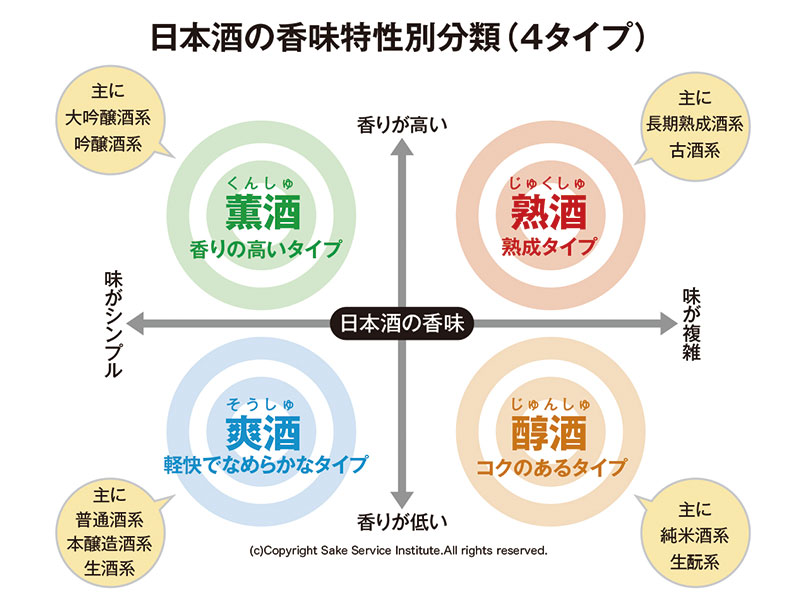
Image provided by © Sake Service Institute (SSI)
Characteristics of the Four Types
Let's briefly introduce the characteristics of each type of sake.
●Kunshu (Fruity type)
This type is known for its high aroma, featuring fruity and floral scents reminiscent of fruits and flowers. The taste is relatively light and smooth, making it popular even overseas. It is mainly labeled as "Ginjo-shu" or "Daiginjo-shu."
Recommended way to drink: To enjoy its delicate aroma, it is best served chilled at around 10-16°C in a trumpet-shaped sake cup or a wine glass. It can be enjoyed as an aperitif like champagne, and pairs well with dishes with subtle flavors such as white fish sashimi, carpaccio, or fruits.
Kunshu: Characterized by fruity and floral aromas.
Kunshu: Pairs well with dishes with subtle flavors like carpaccio.
●Soshu (Light and Smooth type)
Soshu is the most common type of sake, characterized by its subtle aroma and light, refreshing taste. The term "tanrei," often used to describe sake flavors, refers to Soshu. It is mainly labeled as "Futsushu," "Honjozo-shu," "Namazake," or "Namachozo-shu."
Recommended way to drink: To enjoy its refreshing aroma, it is best served chilled. Pour it into a small sake cup or shot glass and drink in lesser amounts. Soshu pairs well with a variety of dishes, whether Japanese, Western, or Chinese. However, it is better to avoid oily or heavily seasoned dishes.
Soshu: Subtle aroma, light and refreshing taste.
Soshu: Best enjoyed chilled.
●Junshu (Full-Bodied type)
Junshu is a type of sake that features the rich aroma of rice, with a mellow umami and depth of flavor. It has a pleasant balance of sweetness, acidity, and bitterness. It is mainly labeled as "Junmai-shu," "Kimoto," or "Yamahai."
Recommended way to drink: Enjoy it at room temperature or warmed. Use a small sake cup to fully appreciate its rich aroma. Junshu pairs excellently with dishes that have strong flavors, such as simmered dishes, stewed offal, or grilled eel with a sweet and savory sauce.
Junshu: Enjoy the rich aroma with a small sake cup.
Junshu: Pairs well with dishes like grilled eel.
●Jukushu (Matured Type)
Jukushu is characterized by its complex aroma, often compared to spices, and dried fruits. It has a rich taste with a harmonious blend of syrupy sweetness and subtle acidity, giving it a strong presence. This type mainly includes sake labeled as "Koshu" or "Choki Jukusei-shu," which are aged for over three years, making them rare and sometimes amber-colored.
Recommended way to drink: Due to its often-high price, it is best enjoyed slowly in a special sake cup. Jukushu pairs well with richly flavored dishes such as Chinese cuisine, as well as with nuts and chocolate. It can be enjoyed at room temperature or warm.
Jukushu: Characterized by complex aromas reminiscent of spices and dried fruits.
Jukushu: Pairs well with richly flavored dishes like Chinese cuisine.
Summary
The types of sake and recommended ways to drink them are just guidelines, but they can be helpful when searching for sake that suits your taste, the occasion, or the food you plan to pair it with. When in doubt, enjoy communicating with restaurant or liquor store staff to find your favorite sake.


